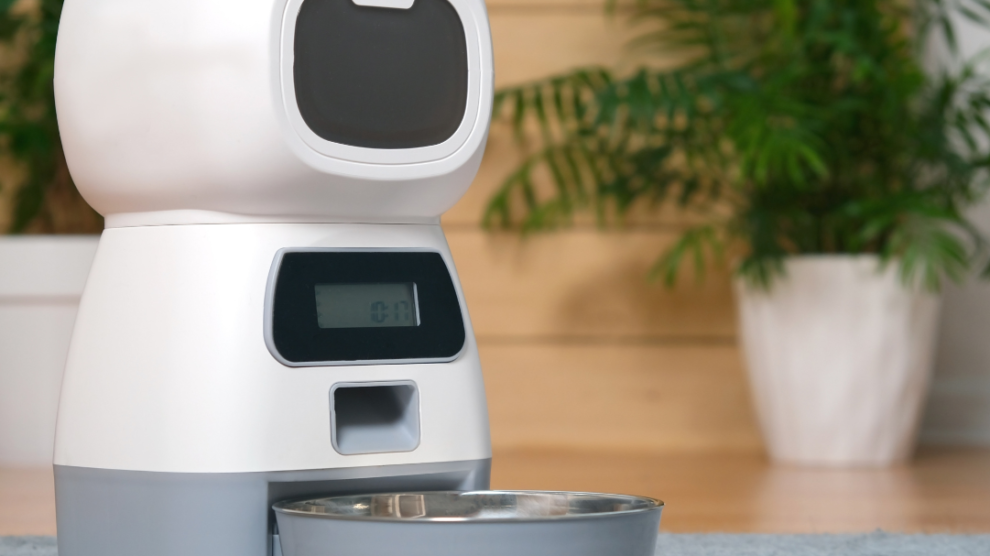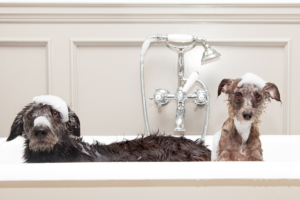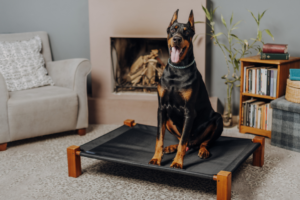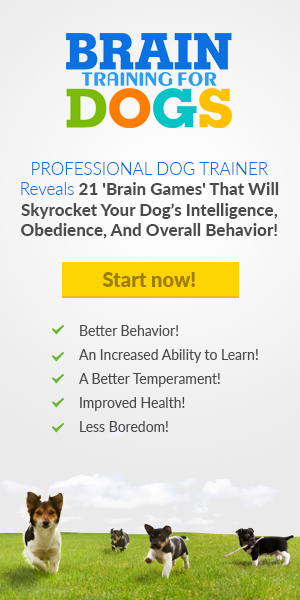Slowing Down Your Dog’s Eating Habits
Many dogs have a tendency to eat their food rapidly, which can lead to various health issues like bloating, indigestion, and even choking. To counter this problem, pet owners often turn to slow feeder dog bowls. But do these bowls actually work? In this article, we’ll explore how slow feeder dog bowls function, their benefits, potential downsides, and tips on choosing the right one for your pet.
What is a Slow Feeder Dog Bowl?
A slow feeder dog bowl is specially designed to prevent dogs from eating too quickly. Unlike traditional bowls, slow feeders feature ridges, patterns, or compartments that create obstacles for the dog, making it more challenging to access the food. This forces the dog to slow down, take smaller bites, and work around the bowl’s design, ultimately extending mealtime.
These bowls come in various materials, including plastic, stainless steel, and ceramic, and they’re available in different sizes and designs to accommodate all breeds. Whether your dog is a small pup or a large breed, there’s likely a slow feeder bowl suited to their needs.
How Do Slow Feeder Dog Bowls Work?
The design of slow feeder bowls is quite simple yet effective. By adding barriers and patterns inside the bowl, they require your dog to use their tongue, nose, and mouth to navigate around the obstacles to access their food. This added difficulty makes it impossible for dogs to simply gulp down their meal and encourages them to eat at a slower pace.
Here’s how they work to help your dog slow down:
- Forces Smaller Bites: Slow feeder bowls limit the amount of food a dog can access at once, preventing them from taking large mouthfuls. This reduces the likelihood of choking and digestive issues.
- Encourages Engagement: Dogs have to work for their food by moving around obstacles, which not only slows them down but also adds mental stimulation to mealtime.
- Reduces Gulping and Air Intake: Rapid eating often leads to gulping, which can cause dogs to swallow excess air, leading to bloating. A slow feeder bowl reduces gulping and minimizes the risk of bloat and other digestive problems.
Benefits of Using a Slow Feeder Dog Bowl
Slow feeder bowls offer several benefits for both dogs and pet owners. Here’s why they’re becoming an increasingly popular choice:
1. Improved Digestion
By slowing down the eating process, slow feeders help improve digestion. When dogs eat slowly, they have more time to chew their food properly, which aids in breaking it down before it reaches the stomach. This can prevent digestive issues like indigestion and reduce the risk of regurgitation.
2. Reduces the Risk of Bloat
Bloat, or gastric dilatation-volvulus (GDV), is a serious and potentially life-threatening condition in dogs caused by the rapid intake of food and air. Large or deep-chested breeds, such as Great Danes and German Shepherds, are particularly susceptible to bloat. Slow feeder bowls help prevent this by slowing down the rate at which dogs eat, minimizing air intake and the chances of bloating.
3. Mental Stimulation
Slow feeder bowls turn mealtime into an engaging, puzzle-like activity for your dog. This mental stimulation is particularly beneficial for high-energy dogs or those prone to boredom. By making your dog work for their food, these bowls can provide an enriching experience, keeping them mentally sharp and focused.
4. Promotes Weight Management
Eating too quickly can lead to overeating, as dogs don’t have enough time to feel full before finishing their meal. Slow feeders help dogs eat more slowly, giving them time to feel satiated and reducing the risk of overeating. This can be particularly helpful for dogs that are prone to weight gain.
5. Encourages Healthier Eating Habits
Using a slow feeder bowl can help instill healthy eating habits in dogs, making mealtime a more relaxed and enjoyable experience. Over time, dogs may become more comfortable eating at a slower pace, even when not using a slow feeder bowl.
Do Slow Feeder Dog Bowls Have Any Downsides?
While slow feeder bowls have many benefits, there are a few considerations to keep in mind:
- Frustration for Some Dogs: Some dogs, particularly those that are more impatient or easily frustrated, may find slow feeder bowls challenging and may give up on eating. Introducing the bowl gradually can help ease this transition.
- Difficult to Clean: Many slow feeder bowls have intricate designs and patterns, which can make them harder to clean. Choosing a dishwasher-safe option or rinsing the bowl thoroughly after each use can help maintain cleanliness.
- Not Ideal for All Dogs: Slow feeder bowls may not be necessary for dogs that naturally eat slowly or for senior dogs with dental issues, as the obstacles might make eating uncomfortable for them.
How to Choose the Right Slow Feeder Dog Bowl
To get the most benefit from a slow feeder dog bowl, consider the following factors when choosing one for your dog:
- Size of the Bowl: Make sure the bowl is appropriately sized for your dog’s breed and portion size. A larger dog will need a bigger bowl with deeper compartments, while a smaller dog may benefit from a shallow design.
- Material: Slow feeder dog bowls come in plastic, stainless steel, and ceramic options. Choose a material that’s safe, durable, and easy to clean. Stainless steel and ceramic options are often more hygienic, while plastic can be a budget-friendly choice.
- Complexity of Design: Some bowls have more intricate designs than others. For beginners or dogs new to slow feeders, start with a simple pattern, and if needed, gradually move to a more complex design.
- Ease of Cleaning: Look for a dishwasher-safe bowl if possible, as intricate patterns can be challenging to clean by hand. Clean the bowl regularly to prevent bacteria buildup.
Tips for Using Slow Feeder Dog Bowls
Here are some tips to help your dog adapt to slow feeder dog bowls:
- Introduce the Bowl Gradually: Some dogs may be hesitant or confused at first. Let them explore the bowl with treats before adding a full meal.
- Monitor Mealtime: Initially, supervise your dog while they eat from the slow feeder to ensure they’re comfortable with the new eating method.
- Be Patient: It may take a few meals for your dog to adjust to the slow feeder. Encourage them with praise and make the experience positive.
Woof. Woof.
Do slow feeder dog bowls work? Yes, they are effective for many dogs, helping to promote slower eating, improve digestion, and reduce the risk of bloat. By choosing a bowl that suits your dog’s size, needs, and personality, you can make mealtime safer and more enjoyable. While they may not be necessary for every dog, slow feeders are a great tool for dogs that tend to eat quickly, providing both health benefits and mental stimulation.
Ultimately, a slow feeder dog bowl can be a worthwhile investment, giving pet owners peace of mind and helping dogs develop healthier eating habits for a happier, healthier life.




























